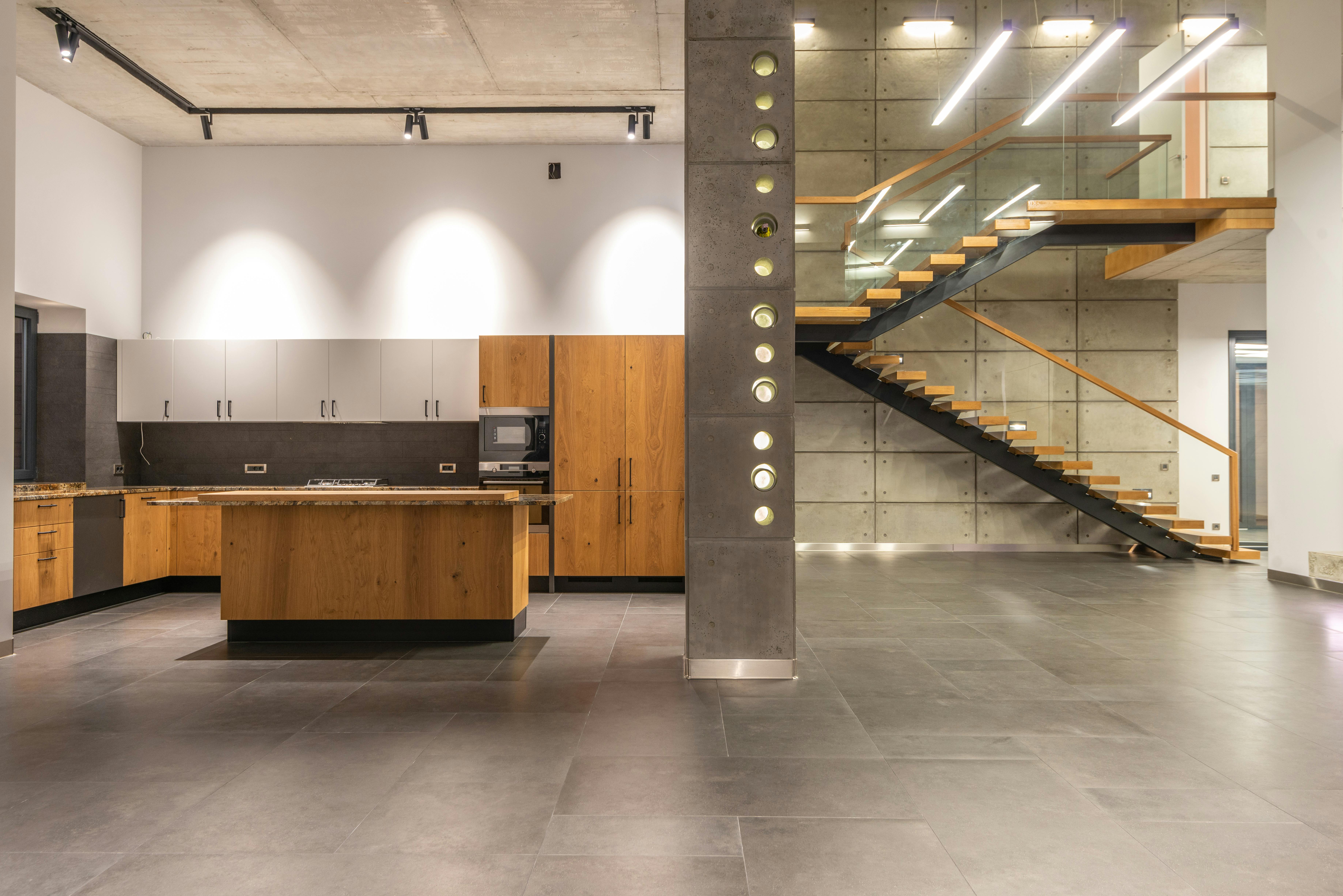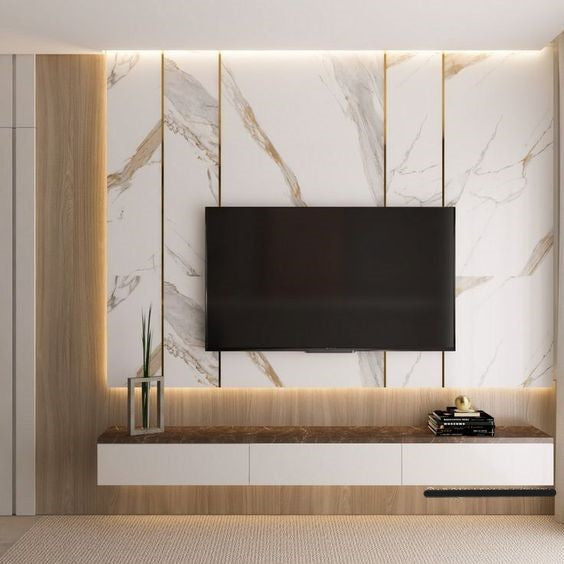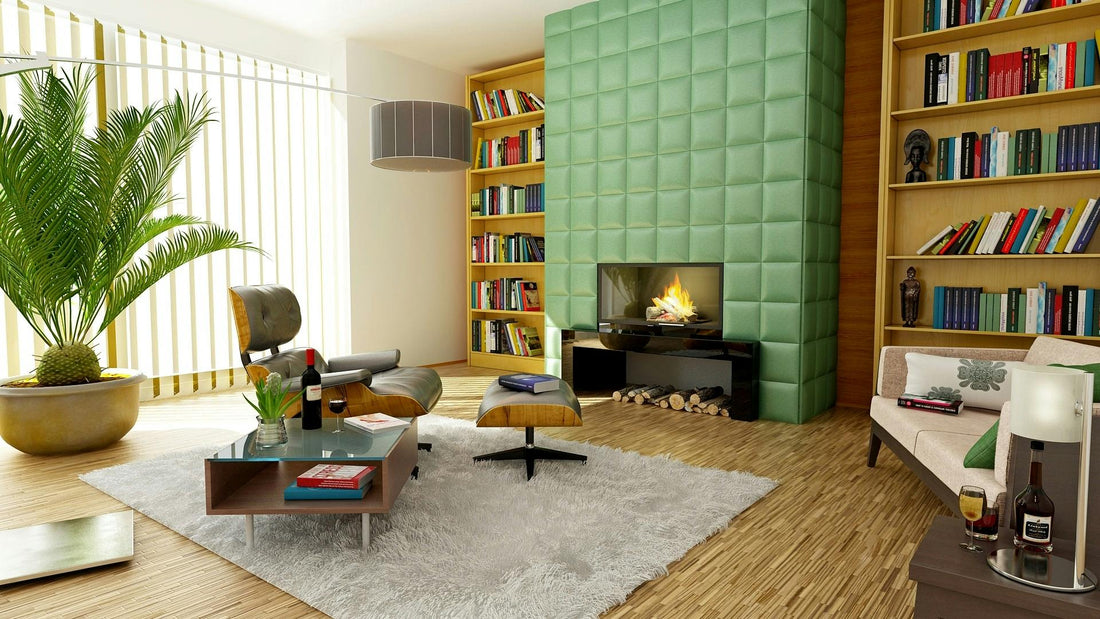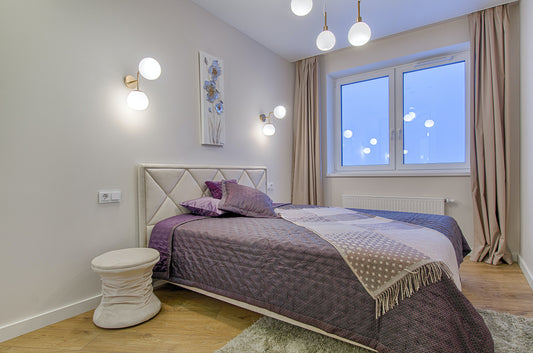Sustainable and eco-friendly home design is increasingly gaining importance as we confront the environmental challenges of our time. The construction and design choices we make significantly impact the planet, from resource depletion to carbon emissions. This has spurred a growing awareness of the environmental footprint associated with traditional home construction and a heightened need for responsible choices in the industry. As communities become more eco-conscious, individuals are recognizing the significance of adopting sustainable practices in their homes. The purpose of this article is to offer a comprehensive guide, empowering individuals to make informed decisions and transform their homes into sustainable, environmentally friendly spaces.
Understanding Sustainable Design Principles
Sustainable design is rooted in the concept of minimizing negative impacts on the environment while enhancing the well-being of occupants. Key principles include resource efficiency, reducing waste, and utilizing eco-friendly materials. Emphasizing resource efficiency ensures that homes are designed to maximize functionality while minimizing the consumption of materials and energy. This, in turn, reduces the environmental impact associated with both the construction and operational phases of a home.
Sustainable design elements encompass a range of features, such as energy-efficient systems, natural lighting, proper insulation, and the use of recycled or reclaimed materials. Additionally, incorporating passive design strategies, like positioning homes to optimize natural ventilation and sunlight, further enhances energy efficiency and reduces dependence on artificial heating and cooling systems.These elements not only contribute to environmental conservation but also lead to more energy-efficient and cost-effective homes. Incorporating these principles in home design aligns with a broader movement towards sustainable living, fostering a harmonious relationship between individuals and their surroundings.
Eco-Friendly Materials and Construction Techniques
Overview of Environmentally Friendly Building Materials:
In the realm of sustainable home design, the choice of building materials plays a pivotal role. Opting for environmentally friendly materials involves selecting those with lower environmental impact, such as bamboo, reclaimed wood, recycled steel, and low-VOC paints. These materials contribute to reduced carbon footprints and promote responsible resource usage. Additionally, the use of sustainable insulation materials like recycled denim or sheep's wool enhances energy efficiency and indoor air quality.
Discussion on Recycled, Renewable, and Locally Sourced Materials:
Embracing recycled, renewable, and locally sourced materials further accentuates sustainable home construction. Recycled materials, such as reclaimed wood or recycled glass, not only repurpose waste but also reduce the demand for virgin resources. Incorporating renewable resources like bamboo and cork ensures a minimal ecological footprint. Furthermore, opting for locally sourced materials not only supports the local economy but also diminishes the environmental impact associated with transportation.
Exploration of Construction Techniques that Minimize Waste and Energy Consumption:
Innovative construction techniques can significantly contribute to sustainability. Practices like modular construction, which reduces waste and construction time, and precision framing, optimizing material usage, showcase eco-conscious approaches. Additionally, incorporating energy-efficient construction methods, such as passive solar design and proper insulation, ensures minimized energy consumption throughout the home's lifecycle. These techniques collectively promote a more sustainable and environmentally conscious approach to residential construction.
Energy-Efficient Systems and Appliances
Introduction to Energy-Efficient Home Systems:
Energy efficiency remains a cornerstone of sustainable living, and integrating energy-efficient systems is pivotal. Solar panels harness the power of the sun to generate clean energy, reducing reliance on conventional power sources. Smart home technology, including programmable thermostats and energy-efficient lighting, enhances control over energy consumption, optimizing usage based on need. These systems not only lower utility bills but also contribute to a reduced carbon footprint.
Tips for Selecting and Installing Eco-Friendly Appliances:
Choosing eco-friendly appliances is a crucial step towards a sustainable home. Look for appliances with high Energy Star ratings, indicating superior energy efficiency. Opting for appliances that use water efficiently further contributes to resource conservation. Proper installation and regular maintenance also play a role in ensuring optimal performance, maximizing energy efficiency, and extending the lifespan of appliances.
The Long-Term Benefits of Investing in Energy-Efficient Solutions:
Investing in energy-efficient solutions for the home yields long-term benefits. While the upfront costs may be higher, the long-term savings on energy bills offset these expenses. Moreover, reduced energy consumption contributes to a smaller carbon footprint, aligning with environmental sustainability goals. Energy-efficient systems and appliances also enhance the overall market value of a home, making it an economically and environmentally sound investment for homeowners.
Sustainable Landscaping and Outdoor Spaces
Eco-friendly landscaping is a crucial aspect of sustainable home design, offering numerous environmental benefits and enhancing the overall well-being of the property. Native plants play a pivotal role in this practice as they are adapted to the local climate, requiring less water and maintenance. By incorporating native flora, homeowners not only conserve water but also promote biodiversity, supporting the local ecosystem. Additionally, prioritizing water conservation in landscaping involves efficient irrigation systems, rainwater harvesting, and permeable surfaces to reduce runoff. Wildlife-friendly landscaping further contributes to environmental sustainability by creating habitats for local fauna. This includes providing food sources, nesting areas, and safe spaces for various species to thrive. By embracing these eco-friendly landscaping practices, homeowners not only reduce their ecological footprint but also foster a harmonious coexistence with nature.
Tips for Sustainable Living in Daily Practices
Incorporating sustainability into everyday lifestyle choices is a powerful way to extend the eco-friendly ethos beyond the architectural design of the home. Reducing waste begins with conscious consumer choices, favoring products with minimal packaging and opting for reusable items. Embracing energy-efficient appliances and practices, such as turning off lights when not in use or utilizing natural light, significantly contributes to resource conservation. Adopting eco-friendly habits extends to transportation choices, encouraging the use of public transport, biking, or electric vehicles. A holistic approach to sustainable living within the home involves mindful consumption, recycling, and composting. By cultivating a green mindset in daily practices, individuals contribute to a healthier planet and inspire a ripple effect in their communities. Encouraging a sense of responsibility in the choices made daily fosters a sustainable lifestyle that extends far beyond the physical boundaries of the home.
Conclusion
This guide has underscored the critical importance of embracing sustainable and eco-friendly home design principles. Throughout the article, we delved into the fundamental aspects of sustainable living, including understanding design principles, utilizing eco-friendly materials, incorporating energy-efficient systems, and fostering sustainable outdoor spaces. By prioritizing these elements, homeowners not only contribute to the global effort to combat climate change but also stand to benefit from reduced environmental footprints, lowered utility costs, and healthier living environments.
The positive impact of sustainable home design extends far beyond individual households. As more individuals adopt these principles, a collective movement towards environmentally responsible living emerges, fostering a greener and more sustainable future. Therefore, we encourage readers to take an active role in implementing the discussed strategies within their homes. Whether through small adjustments in daily habits or larger investments in eco-friendly technologies, each action contributes to a cumulative positive impact on the planet. By making sustainable choices in our homes, we collectively shape a future that is not only harmonious with nature but also promotes a healthier and more resilient planet for generations to come.









